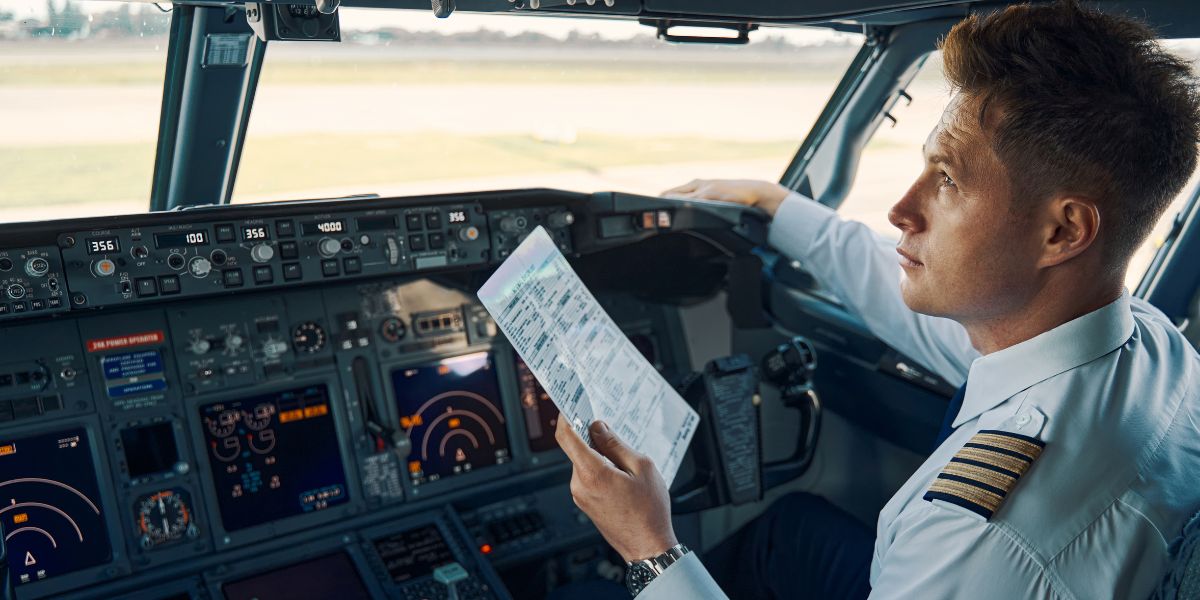Renewing Pilot’s License in AZ: What You Need to Know
Whether you’re a private pilot, sport pilot, or commercial pilot, you need the right certification to fly. If several years have passed since your last flight, you may have concerns about whether your private pilot’s license is still valid. This guide can help you get on the right track to collecting all the necessary documentation and getting off the ground as soon as possible.
Does a Private Pilot License Expire?
The good news is that, according to federal aviation regulations, pilot and instructor certificates issued after 1945 do not have an expiration date. However, in 2010, the FAA issued a new rule to move towards a new certification system using a plastic certificate. This change means that if you have an old paper certificate, you’ll need to obtain the new plastic version before getting into the cockpit.
While you don’t have to repeat all of your private pilot’s training to get another pilot license, you will need to prove your fitness to fly. As with a driver’s license, a private pilot must meet the appropriate airman and medical recency requirements that ensure they’re healthy and competent enough to be an active pilot.
These requirements are the same whether you have an old pilots license or have recently received a new commercial pilot license with Leopard Aviation.
Other Essential Pilot Certificates
Even if you were a great pilot 20 years ago, the FAA still requires you to display modern aeronautical knowledge and prove that your body can handle the pressures of flying. Your pilot certificate alone is not enough to get you off the ground.
FAA Medical Certificate
The FAA requires every pilot to have a valid third-class medical certificate. Medical certificates ensure that pilots don’t have any underlying medical conditions that would prevent them from flying, such as:
- Color-blindness
- History of heart disease
- Uncontrolled hypertension
- Epilepsy
- Brain tumors
A third-class medical certificate is valid for 60 months for pilots under 40 and 24 months for pilots over 40. If you already have a current medical certificate, keep an eye on the expiry date.
Biennial Flight Review
A key component of your private pilot license is the biennial flight review (BFR). This flight review ensures that you understand flight regulations and have the necessary flight training to operate a particular aircraft.
A typical flight review involves at least an hour of ground training with a flight instructor, where you’ll learn about part 91 operating rules and changes to regulations. The review includes a written test to determine your understanding. If you need more training in ground school, your instructor will continue to provide ground instruction until you pass your test.
The second part of a flight review involves flight training, where your instructor will review the various maneuvers and procedures you need to know for your certificate level.
You can prepare for the BFR by contacting your flight school or visiting the AOPA and reading the Pilot’s Guide to Flight Review.
Recent Flight Experience
In addition to flight instruction, commercial and private pilots must demonstrate they have recent flight experience. To carry passengers, you must accomplish three takeoffs and landings within 90 days. If you’re planning on carrying passengers at night, you will have to perform these procedures at night.
Plan of Action to Renew a Private Pilot Certificate
Your first step should be to obtain a new medical certificate if you don’t have one. You will need to schedule a medical exam with a trained aviation medical examiner (AME) and specifically request a third-class certificate. Finding AMEs can be tricky, but the FAA and AOPA have handy search tools showing all licensed practitioners in your area.
Your second step is to complete your BFR. Any certified flight instructor, flight school, or fixed-base operator can issue the review, which is great if you already have a school or instructor you trust.
If you don’t, check the AOPA website for a list of CFIs and FBOs in your area. If you haven’t flown for a while, be prepared for the review to take longer than the usual two to three hours. You may need extensive updating, especially on more complex multi-engine aircraft with a modern avionics system.
Remember that this certification is vital to keeping everyone in the air safe, so view this as a great opportunity to refresh your knowledge and ease back into flying.
The final step is to apply for your new certificate. You can do so via the FAA’s website. You can opt for the online application or traditional mail processing—the online process takes seven to ten days, while snail mail takes up to six weeks.
Getting back into flying can be exciting for many older pilots, but the lack of proper certification can quickly put a damper on your plans. Luckily, once you have the proper documentation, applying for a new plastic certificate is easy, and you’ll be back in the air in no time.
Find a Flight Instructor in Arizona
Whether you’re considering becoming a commercial pilot—click here to learn more about commercial pilot careers— or just want to get back into the cockpit, Leopard Aviation is here for you. Contact us for additional training or to schedule your BFR today!

